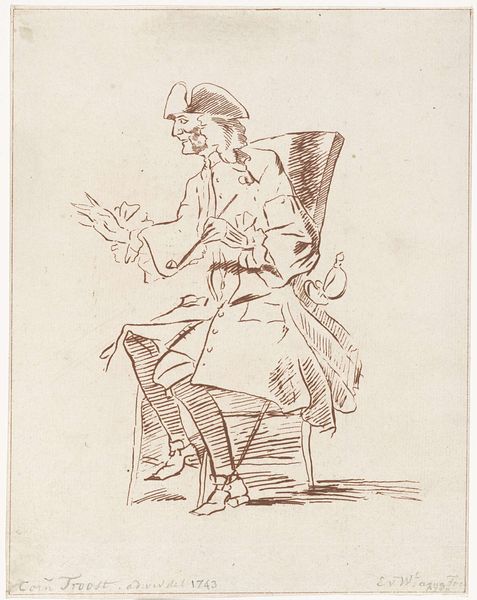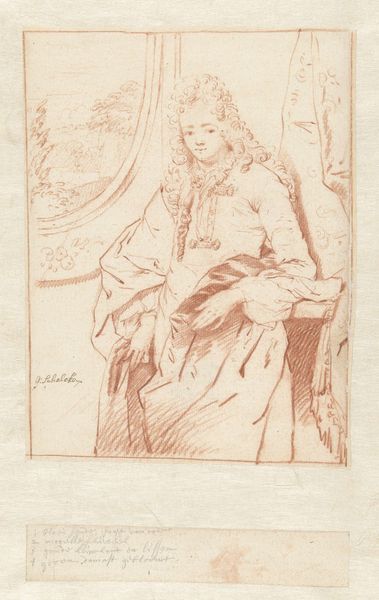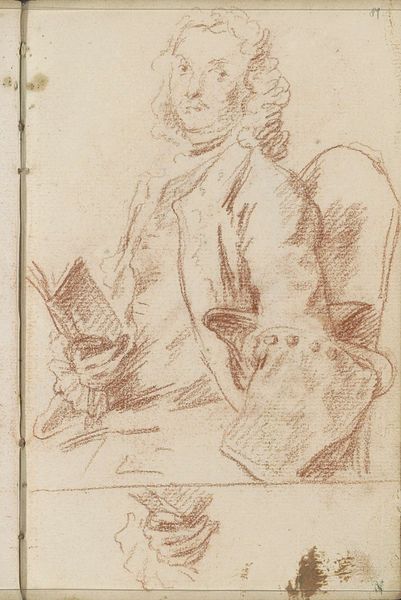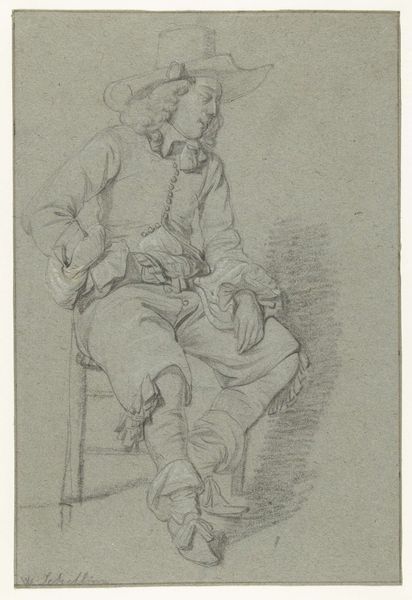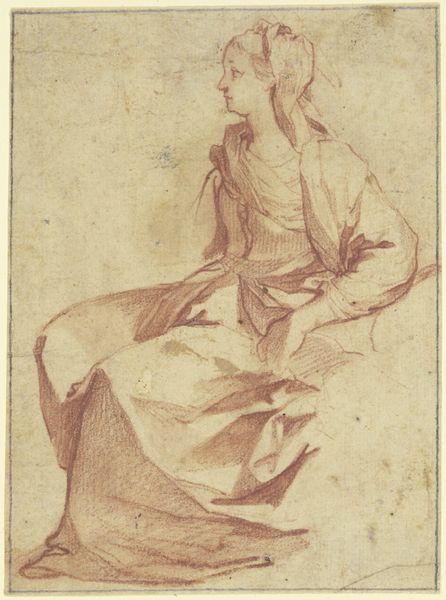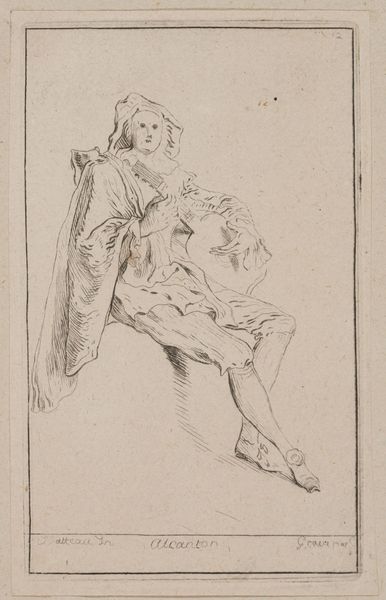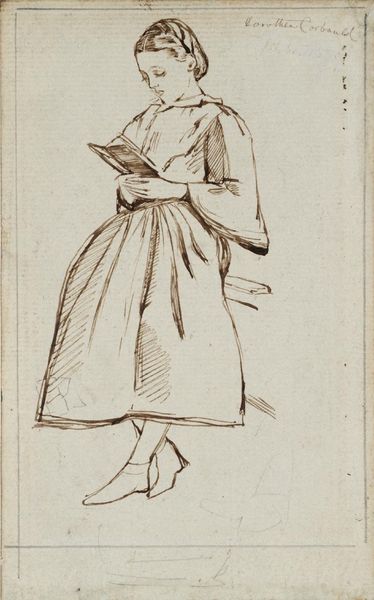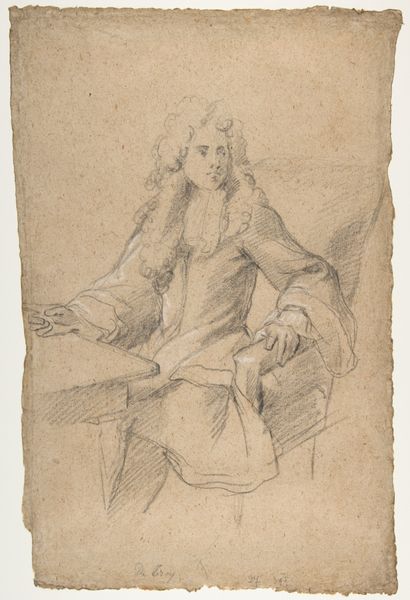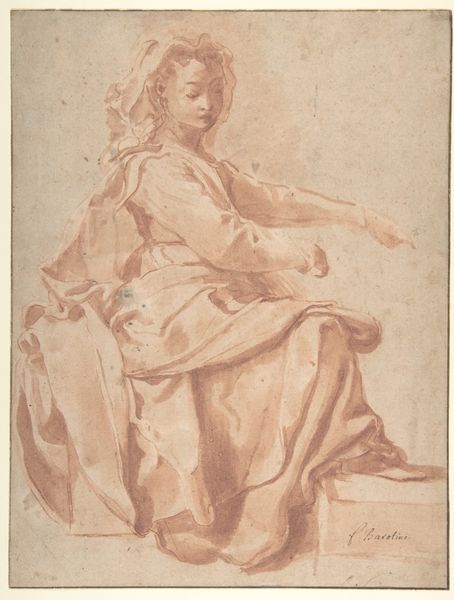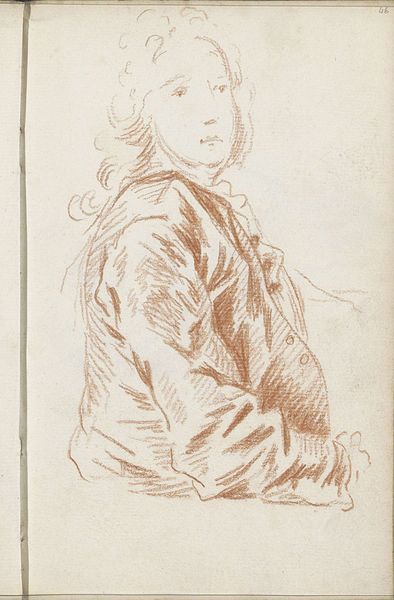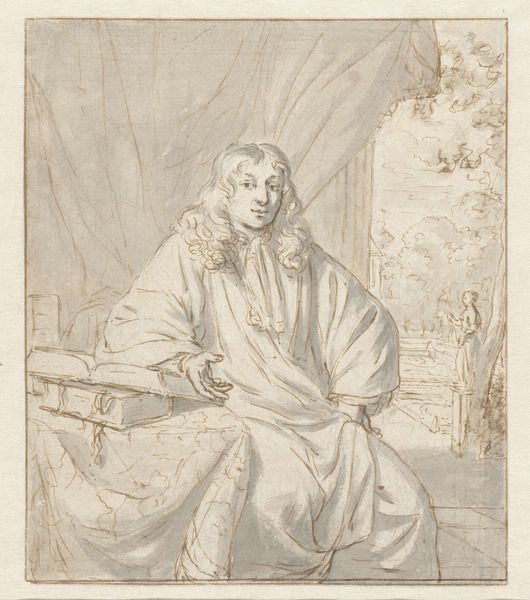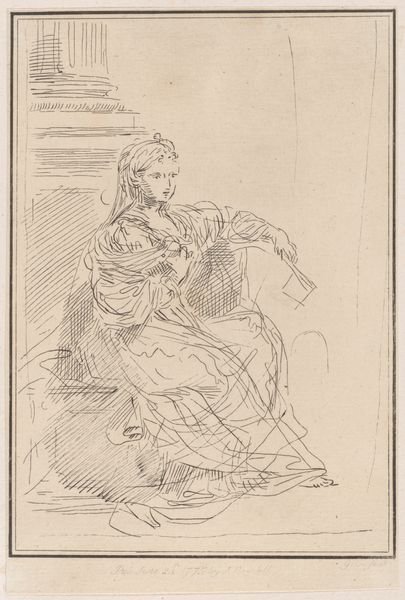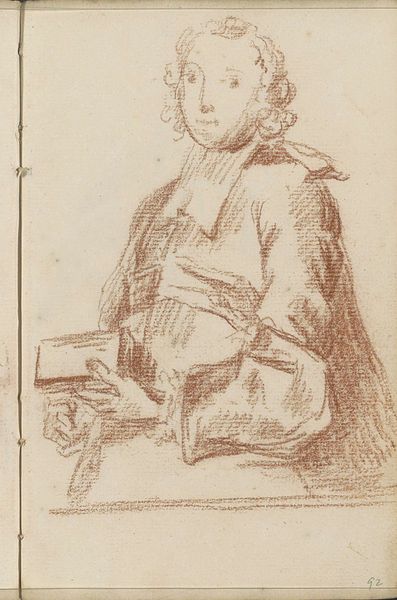![['Study for Alceste', 'Design for the illustration of "Le Misanthrope\'\' from the 1734 edition of Molière\'s works (vol. III, p. 341)'] by Francois Boucher](/_next/image?url=https%3A%2F%2Fd2w8kbdekdi1gv.cloudfront.net%2FeyJidWNrZXQiOiAiYXJ0ZXJhLWltYWdlcy1idWNrZXQiLCAia2V5IjogImFydHdvcmtzLzlkYzEwZjg5LWVmYmMtNDliZi1iYjBhLTVkYTRmZjdiNDFiMS85ZGMxMGY4OS1lZmJjLTQ5YmYtYmIwYS01ZGE0ZmY3YjQxYjFfZnVsbC5qcGciLCAiZWRpdHMiOiB7InJlc2l6ZSI6IHsid2lkdGgiOiAxOTIwLCAiaGVpZ2h0IjogMTkyMCwgImZpdCI6ICJpbnNpZGUifX19&w=3840&q=75)
['Study for Alceste', 'Design for the illustration of "Le Misanthrope\'\' from the 1734 edition of Molière\'s works (vol. III, p. 341)'] 1713 - 1734
0:00
0:00
francoisboucher
Rijksmuseum
drawing, pencil
#
portrait
#
drawing
#
toned paper
#
light pencil work
#
pencil sketch
#
figuration
#
personal sketchbook
#
ink drawing experimentation
#
pen-ink sketch
#
pencil
#
sketchbook drawing
#
pencil work
#
history-painting
#
storyboard and sketchbook work
#
sketchbook art
#
rococo
Dimensions: height 298 mm, width 233 mm
Copyright: Rijks Museum: Open Domain
Curator: This drawing, believed to be from between 1713 and 1734, is a "Study for Alceste" by Francois Boucher, also subtitled, "Design for the illustration of 'Le Misanthrope' from the 1734 edition of Molière's works." It’s currently held at the Rijksmuseum. What are your first thoughts? Editor: My immediate impression is how incredibly detailed the pencil work is. You can almost feel the texture of the fabric and the meticulous detail given to the wig. There's a preparatory air about it, which is fitting, given its purpose. Curator: Exactly. It embodies Boucher’s Rococo style. It captures Alceste, the protagonist, offering an insight into the social commentary embedded within Molière's work. Alceste embodies a critique of the hypocrisy prevalent in 17th-century French aristocratic society. Editor: And you see how the quick hatching and layering create the illusion of depth, focusing attention on the material elements: the clothing, the furniture. Consider the physical labor required to create those fine lines, those layers upon layers, especially within the constraints of printmaking. Curator: Absolutely, the piece speaks volumes about the politics of representation. We have this almost performative element within aristocratic portraiture—the embodiment of social roles and power, meticulously rendered with precision in clothing, pose, and expression. He is seated and posed almost regal-like, and yet his slightly off putting glare suggests something darker. Editor: And there's an interesting juxtaposition with the red chalk medium itself. Its accessibility would contrast with the very elevated status of the depicted subject. Also notice the separate hand sketch to the top-left of the page. It shows the artistic process involved. It is about production and how sketches become artifacts themselves. Curator: Yes! Thinking about the final form as an illustration underscores that point, that even "high art" such as a portrait existed within this burgeoning world of mass reproduction, playing a critical role in disseminating ideas and shaping perceptions. Editor: Agreed. Thinking about it now, seeing it in this museum setting feels so different from how it would've been consumed in its original printed format. Curator: It’s fascinating how this sketch offers insights into art, societal values, and also its transformation. Editor: A single sheet opens into volumes, quite literally!
Comments
No comments
Be the first to comment and join the conversation on the ultimate creative platform.
